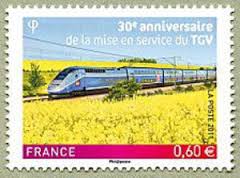Since the early 1990s, pesticide usage on oil seed rape (OSR) has increased significantly in terms of the number of times treated, weight per hectare applied and number of active substances. Although Budge et al (2015) established that neonicotinoid seed coatings enabled farmers to reduce the number of insecticide sprays on OSR, this is not evident from the survey data after 2000 when neonicotinoid seed treatments were introduced. The weight of insecticide active substance per hectare and the number of insecticide spray applications has continued to increase after the introduction of neonicotinoid insecticide seed treatments in 2000.
Reference: Budge, GE, et al (2015). Evidence for pollinator cost and farming benefits of neonicotinoid seed coatings on oilseed rape. Scientific Reports, 5, 12574. doi: 10.1038/srep12574 (www.
nature.com/articles/srep12574)
Source:
John Hoar, Fareham and District Beekeepers’ Association.www.bee-craft.com. February 2016 Vol 98 No 2

- Login om te reageren
